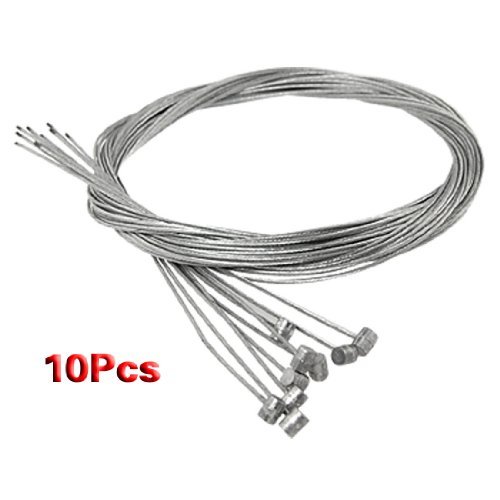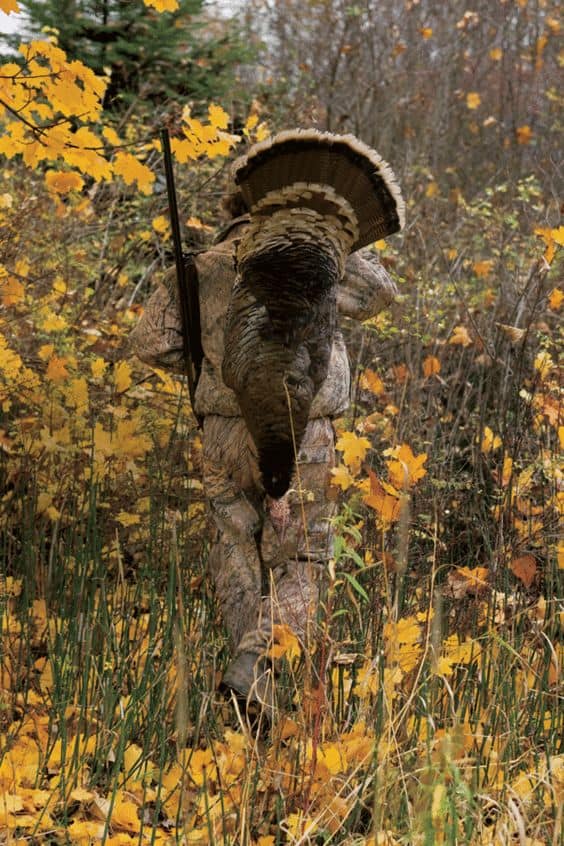
Do you love it when your local wildlife comes to visit your property? Squirrels, rabbits, birds, and deer are wandering around and living their lives. You can become closer to nature and encourage more wildlife with food plots.
Related:19 Hunting Enthusiasts Reveal The Common Mistakes When Planting Food Plots
Food plots are particular areas of planted land that are set aside to be a food source for wildlife. These food plots usually contain forage grasses, beans, alfalfa, turnip, et cetera. For deer, something they enjoy is chicory.
Chicory is a member of the dandelion family that can be used for many things. It has numerous health benefits for humans and is even used as a coffee substitute. Wildlife also loves it, especially deer.
By creating a food plot on your property, you will encourage wildlife to visit and chow down. If you are attracting them to hunt or if you just want to enjoy nature in your backyard, planting chicory in a food plot will attract deer to wherever you planted it. This guide will tell you all you need to know about planting chicory for deer.
How To Plant Chicory For Deer? What You Will Need
How do you plant food plots, to begin with? You will need several things and to have some patience. There is a lot that goes into making a food plot. The one I will be going over is a mini plot. Mini-plots do not need heavy equipment like tractors to be built.
Here is a list of things you should have ready to create your food plot.
- Soil
- Leaf blower
- Small sprayed with roundup inside
- Lime pellets
- Chicory seeds
- Fertilizer
What You Have To Do
Step 1: Determine the Location of Your Plot
The first thing you need to do is figure out where you are going to put your food plot. Usually, you are also picking what crop you want to plant, but we are using chicory. Take a look at your property for locations that fit the bill.
An ideal location for a food plot is dependent on what you want to happen. Since we are talking about deer, make sure your plot is located in an area frequented by them.
You also want somewhere you can get too easily that is not out in the open. The more cover there is, the more animals will come to your plot.
Related: Do You Know When To Plant Food Plot For Deer?
Step 2: Test the Soil
Getting a sample of the soil that is present where you would like to build your plot. You need to have it tested so you can know how much lime you need to neutralize the pH level. You can have this done at the most agricultural feed store for a pretty decent price.
The pH is the measure of alkalinity and acidity of the soil you are considering. You will not want to skip this step. It is critical to the success of your crop. If the pH is off, your plants may not grow properly, if at all. A balanced pH level allows plants to get the maximum amount of nutrients.
Step 3: Kill the Weeds
With a mower, mow the area as short as possible without hurting your mower deck. After this, using your spray bottle, spray the area with roundup or the weed killer of your choice.
A product with 41% Glyphosate is ideal for this, which you can find at your local home improvement store. After spraying, wait for 10 to 14 days for the weed killer to do its job. This is essential for the health and vitality of your chicory plot.
Step 4: Break Ground
Depending on what is available to you, use whatever tools you have to loosen and break up the soil to be ready for planting. You can use a Rototiller or even hand tools.
With your tools, go over the entire area you would like to be your plot. Make sure everything is turned over and broken up evenly. For other options, you may be able to rent a food plot machine from a local wildlife habitat.
Related: Do You Know When To Plant Food Plot For Deer?
Step 5: Lime and Fertilizer
With the recommended amount of fertilizer and lime for your soil, spread it evenly over the plot. With the lime, you can either use pellets or the pulverized version. The bullet version needs to be redone each time you plant something.
Using a tiller or what tool is readily available, mix the fertilizer and lime in with the soil. You can have a professional ‘disk’ the ground for you if you want to. This is done using a disk attachment from an ATV.
Step 6: Prepare the Ground
After you spread the lime and fertilizer, it is time to make the ground smooth for your seed bed. You can use a chain-link fence or a cult packer, whichever is more convenient for you.
When you have an ideal seed bed, you have to spray it with your weed killer once more. This gets rid of the dormant weeds that are hiding. The fertilizer and lime give them nutrients to come back, so wait for 10 to 14 days before moving on to the next step.
Step 7: Plant the Seeds
To plant your seeds, hold on another week or week and a half before planting. A cult packer is recommended in general for this task, but it comes in handy here. It can efficiently get your seed nice and profound into the soil without agitating any remaining dormant weeds.
Doing anything but planting with your soil is not a good idea at this time. Do not mix it up or spray again with the weed killer. Also, for even better results, watch your weather forecast and see if you can plant before a good rain. The rain helps the seed and the soil to retain good contact.
Step 8: See Your Results
When your results are finally coming to fruition, you probably want to consider treating it with a grass herbicide a few times throughout the season. This helps to control weeds. A little bit of mowing every now and again will probably help the chicory to cultivate nicely.
The deer in your area will appreciate the source of food as will the other creatures that enjoy chicory. If you want to encourage them to come to your property, building a food plot with many different plants will do the trick.
Chicory, however, is well known for its appeal to wildlife. Humans, too, get great health benefits from chicory. It is not used as much as it used to be, but certainly is coming back to be an ideal lunch for Bambi.
Conclusion
Ensure that you have all you need before starting each step. Apparently, you can take some time when you are waiting for the land to be ready. This time, can be used to find the equipment you would want to rent or to find someone to hire to help you out.
Once you have gone through all the trouble, it takes to make a food plot, maintaining it is just as important if you want to keep your success. Treating with grass herbicide goes a long way, and now you can say that you know how to plant chicory for deer. And as always, if you know someone who would benefit from this piece of knowledge, feel free to share this article with them.
















